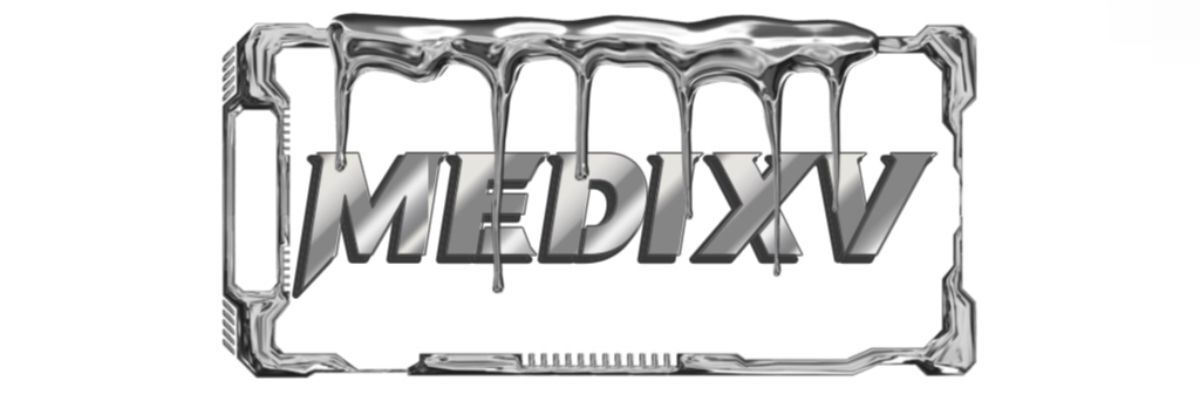Surgical Flush Suction Pipes: Best Practices for 2024
Lingchuang Yihui Product Page
Understanding Surgical Flush Suction Pipes
Surgical flush suction pipes play a critical role in maintaining a clean and safe environment during medical procedures. Adhering to best practices ensures both effectiveness and safety in the operating room. Here’s a step-by-step guide to optimize your use of surgical flush suction pipes in 2024.
Step-by-Step Guide to Best Practices
1. Selection of the Right Surgical Flush Suction Pipe
- Choose the Correct Size: Depending on the procedure, select a pipe diameter that allows efficient suction without causing trauma to the tissue.
- Material Consideration: Opt for high-quality, biocompatible materials that minimize the risk of infection.
For instance, during orthopedic surgeries, larger diameter pipes may be preferred for faster fluid removal, while smaller pipes may suffice in less invasive procedures.
2. Ensuring Proper Sterilization
- Follow Protocols: Adhere to sterilization protocols for all surgical flush suction pipes before use to eliminate contaminants.
- Use Approved Sterilization Methods: Autoclaving is the standard method to ensure thorough sterilization.
This practice is crucial in preventing postoperative infections, especially in abdominal surgeries where the risk of contamination is high.
3. Regular Maintenance and Inspection
- Check for Damage: Regularly inspect surgical flush suction pipes for cracks or leaks that can affect performance.
- Assess Functionality: Ensure that the suction mechanism works optimally by testing it prior to surgical procedures.
An instance of this would be before a complex cardiac surgery where uninterrupted suction is critical for visibility and safety.
4. Proper Usage Techniques
- Maintain Angle and Position: Utilize the surgical flush suction pipe at the correct angle for maximum fluid removal without damaging surrounding tissue.
- Avoid Over-suctioning: Monitor suction pressure; excessive suction can lead to tissue trauma.
Surgical teams must be aware that in laparoscopic procedures, maintaining an appropriate angle is essential for effective use of the flush suction pipe.
5. Understanding Waste Management
- Dispose of Waste Properly: Follow hospital protocols for disposing of fluids collected through suction to ensure environmental safety.
- Track Fluid Volume: Keep a careful record of the amount of fluid removed to prevent overflow and ensure accurate patient tracking.
In cases like cesarean sections, proper waste management can have significant implications for patient care and hospital protocols.
Conclusion
By following these best practices for surgical flush suction pipes in 2024, medical professionals can significantly enhance the safety and efficiency of surgical procedures. From selection and sterilization to maintenance and disposal, ensuring that every step is properly executed is essential for patient care.
For more information, please visit our website.


Comments
0